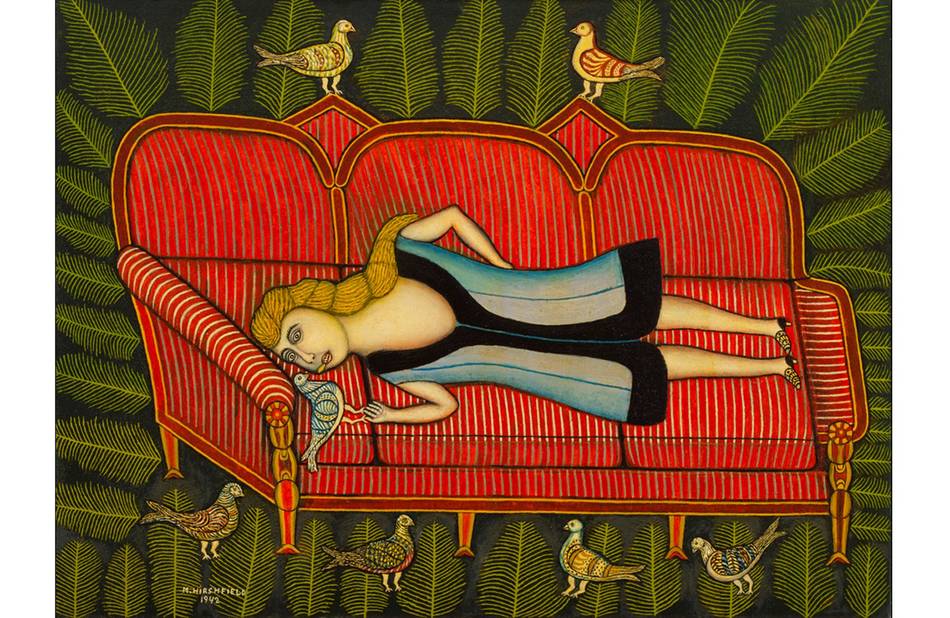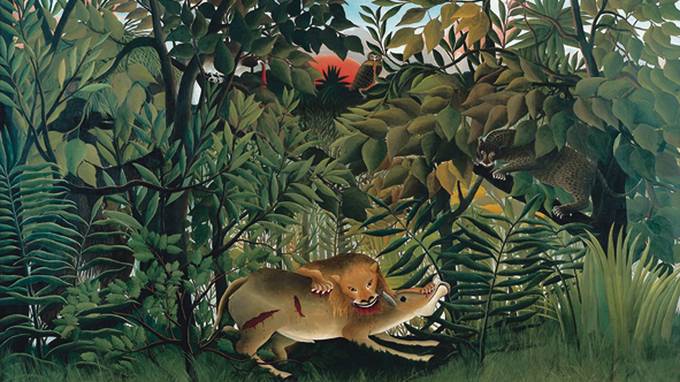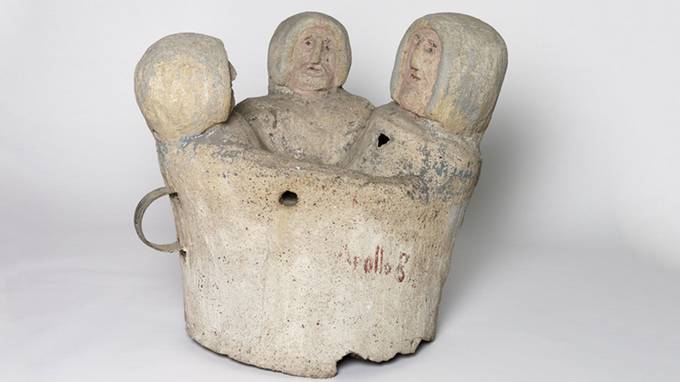The Shadow of the Avant-Garde
Rousseau and the Forgotten Masters

Explanations
Many today still regard art by autodidacts as separate from the artistic processes of modernity. Despite their immediate aesthetic persuasiveness, equal to that of masterpieces produced by the best artists of classical modernity, most of the works by these early 20th-century artists have gradually vanished from the public exhibition business. Due to an increasing shift in academic discourse with regard to specialised museums for “naive art” and “l’art brut”, these artists have been classified as “outsiders” and their works reduced to clichés of the “primitive” and “naïve”. The exhibition “The Shadow of the Avant-Garde” wishes to change this perception and presents 13 international artists who have asserted their artistic influence against the outstanding works of modernity, among them André Bauchant, Erich Bödeker or Adalbert Trillhaase.
The exhibition project focuses on outlining the artistic parallels to the established trends of modernity. To this end, monographic groups of works by the great non-academic artists are placed alongside single key works of modernity. There was hardly an autodidact who achieved success without having been discovered first and promoted by artists of the day, e.g. André Bauchant by Amédée Ozenfant and Le Cobusier and Adalbert Trillhaase by Otto Pankok and Otto Dix. The admiration that Henri Rousseau enjoyed among the Parisian avant-garde was prototypical of such relationships. At the time, the Parisian art world was dominated by an anti-academic discourse inspired by art phenomena outside the established system. The search for archetypical originality sparked interest in indigenous or “primitive” art, particularly from Africa and Oceania. At the same time, however, the yearning for the primitive obstructed the observation of art and how it originated. For this reason, there is a need to re-evaluate the interplay between the avant-garde and autodidacts.
The exhibition will be supplemented by works of contemporary art which relate specifically to strategies of primitivistic appropriation or productively reflect on the artist’s role in society. A number of pioneering works have been produced in this context in recent decades which offer both an artistic and contemporary view on questions posed in the exhibition, e.g. Hanne Darboven’s four-part installation Hommage à Picasso, which turns the primitivism of the avant-garde on its head and reveals how Picasso, the “artist of the century”, belongs to the public domain, or the felt banners by Mike Kelly, with which he refers to the traditions of non-artistic picture-making.
In many ways, the Museum Folkwang was predestined to host this exhibition which offers an alternative interpretation of the most important aspects of the history of modernity. Not only was it founded by Karl Ernst Osthaus as the world’s first museum of contemporary art, but its conception was marked by a deliberately anti-canonical character. For instance, it presented non-European art, along with advertising art, handicrafts and natural-scientific specimens, and featured artists who did not belong to the established canon of the times. Yet art by autodidacts has never been a central focus of the museum. Therefore, this exhibition finally sheds light on a blind spot of the collection and museum which seems predestined to highlight aesthetic phenomena beyond established and canonised works. The exhibition also refers to the structure of the collection of the Folkwang Museum which dates back historically to a time when the doors were opened to autodidactic artists.
Curators: Kasper König und Falk Wolf
Artists: André Bauchant, Erich Bödeker, William Edmondson, Louis Michel Eilshemius, Morris Hirshfield, Séraphine Louis, Nikifor, Martín Ramírez, Henri Rousseau, Miroslav Tichy, Bill Traylor, Adalbert Trillhaase and Alfred Wallis.
Contact
Museum Folkwang
Museumsplatz 1
45128 Essen
www.museum-folkwang.de (external link, opens in a new window)


